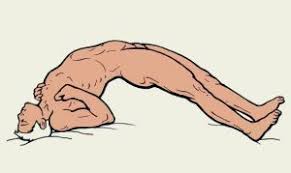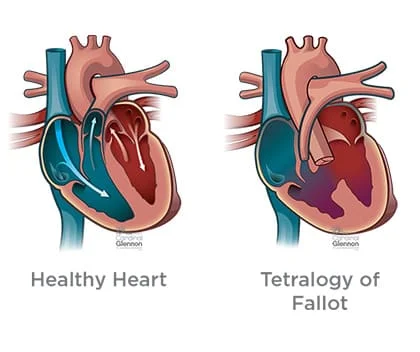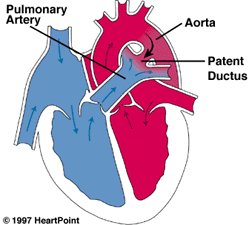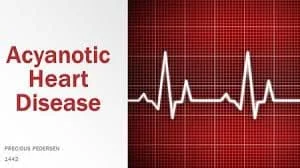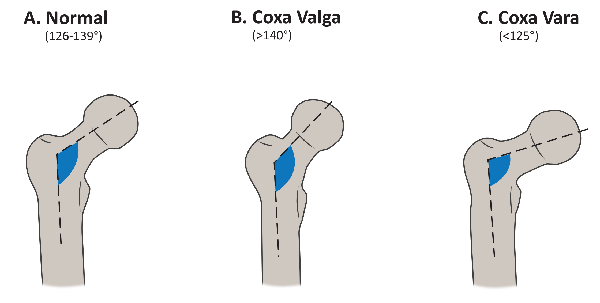Opisthotonus Posture
What is an Opisthotonus Posture? Opisthotonus Posture is an abnormal posture in which spastic muscle contraction of the back of muscles of the neck, trunk, and lower extremities that leads to severe abnormal backward arching from neck to heel. Spasms of the muscles cause backward arching of the head, neck, and spine, as in severe…

